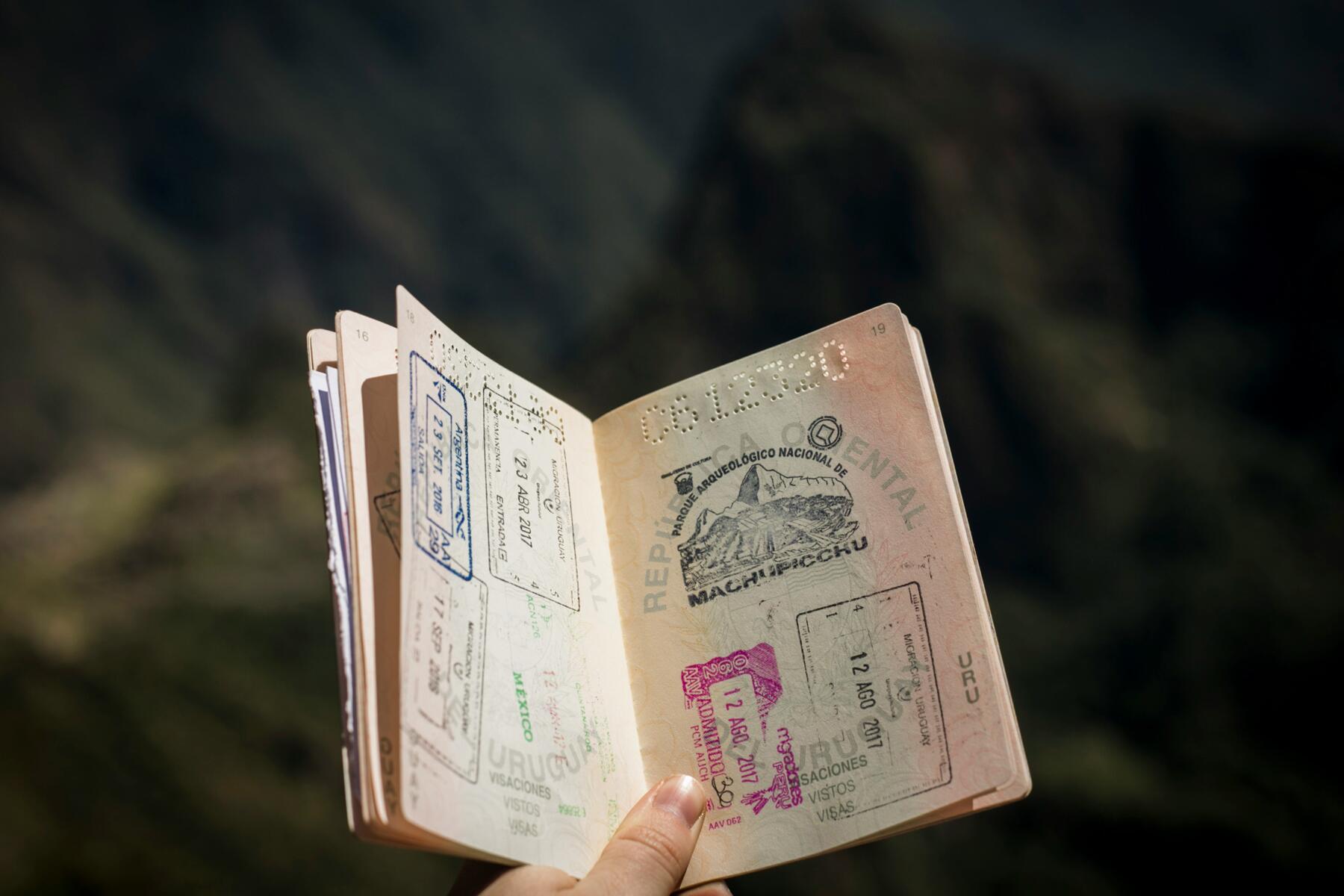Replace it before you find yourself turned away.
British television personality Vicky Pattison was flying from Newcastle to Italy on Sunday when EasyJet banned her from the flight. The airline claimed her passport was damaged and turned away the 36-year-old. Pattison recounted the incident on Instagram and explained that her dog had chewed on the travel document, but she had used it all year without any issues. She said she was “beyond gutted” and called the airline “destroyer of dreams” because she was traveling to see her wedding venue.
After the incident, EasyJet issued a statement of apology for the inconvenience it caused. An airline representative told Mail Online that EasyJet works with the relevant authorities and complies with all guidance and restrictions. “As such, we cannot allow any passenger to travel on their planned flight with documentation damaged to such a degree that its authenticity is brought into question.”
The airline also added that it is the passenger’s responsibility to ensure they have suitable documentation. EasyJet is correct–it’s up to you to maintain your passport and replace it if necessary.
Related: I Lost My Passport. What Do I Do Now?
Is Your Passport Too Damaged?
Spilled water on it? Dog chewed some pages? Kids added stickers or stamps? Yes, you might have to replace it.
Recommended Fodor’s Video
You can’t use a damaged passport to fly. Federal rules explicitly note that a passport is invalid if it has been “materially changed in physical appearance or composition, or contains a damaged, defective or otherwise nonfunctioning chip, or includes unauthorized changes, obliterations, entries or photographs, or has observable wear or tear that renders it unfit for use as a travel document.”
Normal wear and tear like bending of the passport or folded pages is acceptable, the U.S. State Department says. But it is recommended to replace your passport if it has water damage, a significant tear, a hole punch, torn out or missing visa pages, and unofficial markings on the data page.
However, you often won’t find out if you’re traveling with an invalid passport until you’re at the airport or passport control. So, it’s beneficial to you and your travel plans to be proactive before you’re asked to return.
One other major thing to avoid: Never put a souvenir novelty stamp in your passport. These stamps can be found at some major tourist landmarks, like Machu Picchu, however they’re not officially recognized and constitute “alteration or mutilation.” You can be denied boarding a flight or entering a country if these stamps are found.
How to Apply for a New Passport When Yours Is Damaged
You’ll need to fill out Form DS-11 (but not sign it). Bring the form along with an application explaining the damage, citizenship evidence, photo ID (physical and photocopy), passport photo, and processing fees ($130 application fee and $35 execution fee) to the passport acceptance facility. Bring extra cash if you want to get expedited service or quick shipment. All details are explained on the State Department website under “Step Five, Determine special circumstances.”
If it was lost or damaged in a disaster, the application fee can be waived for three years after the disaster and file search fee waived for 18 months. The State Department lists disasters on its webpage and you can check before applying if you qualify. All you will need to do is fill Forms DS-5504 and DS-64 (along with documents) and submit a new passport photo. Depending on how soon you have to travel, you can make an appointment with the passport agency or send the documents by mail.
The processing times have reduced considerably since last year and now you can get your passport within six to eight weeks (or two to three weeks if you pay $60 for expedited service). The State Department is also hosting special fairs, but those are mostly organized for first-time applicants.
Your passport can also be replaced in an embassy outside of the U.S. in case it’s damaged while traveling. The process is the same and you’ll have to show up in person, but embassies have a quick turnaround time.
How to Keep Your Passport Safe
To avoid unnecessary delays or botched travel plans, keep your passport in a safe place away from pets and children. You can also get a passport cover, preferably waterproof, to prevent water damage. It’s especially important to travel with it when you’re going to a wet or beach destination. Keeping colored copies of your personal information pages may also come in handy. And importantly, check it every couple of months to assess if it’s still damage-free. Before you book an international trip, a quick check will tell you if you need to renew or replace it.
Related: There’s a 4-Year Passport: What Is It, Who’s Eligible, and Should You Get It?



